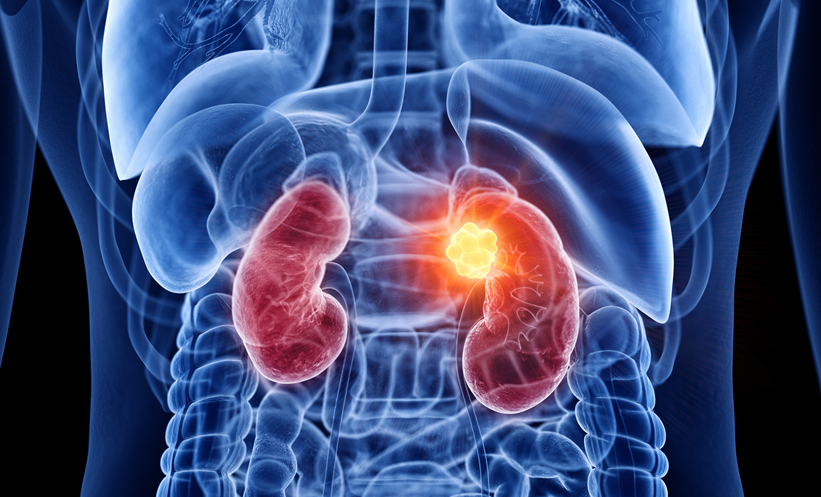AI is increasingly being adopted in breast cancer screening to improve detection and reduce missed diagnoses. While digital breast tomosynthesis (DBT) offers higher resolution imaging than traditional mammography, interval cancers, those that develop between routine screenings, remain a clinical concern. These cancers are often more aggressive and harder to detect. In the absence of long-term outcome data, interval cancer rates serve as a critical marker for evaluating screening effectiveness. A recent study has shown that an FDA-cleared AI tool was able to retrospectively detect nearly one-third of such interval cancers on prior screening DBT images.
The retrospective study evaluated 224 interval cancers in women who had undergone DBT between February 2011 and June 2023 at an academic centre. An FDA-cleared AI algorithm assigned lesion-level scores (ranging from 0 to 100), with a score of 10 or greater considered a positive screening. Two breast radiologists independently reviewed all AI-positive results to confirm if the detected lesion matched the location of the subsequently diagnosed cancer. Additionally, the algorithm was tested on 1,000 DBT exams comprising known true-positive, true-negative, and false-positive cases to validate performance at the same diagnostic threshold.
AI correctly localised 32.6% (73 out of 224) of interval cancers on the original DBT screenings. Interval cancers detected by AI were significantly larger (mean size 37 mm vs 22 mm, p<0.001) and more likely to involve axillary lymph nodes (41.3% vs 22.8%, p=0.01). Among other DBT cases analysed, the AI tool accurately identified 84.4% (282/334) of true-positive cancers, and appropriately classified 85.9% (286/333) of true-negative and 73.3% (244/333) of false-positive cases as negative at the same threshold.
These findings suggest that AI has the potential to reduce interval cancer rates by retrospectively identifying cancers missed during screening, particularly larger or more aggressive tumours. However, the study’s retrospective nature and single-centre design limit its generalisability. While AI performance was promising across multiple case types, further prospective research is needed to evaluate real-world outcomes and determine optimal integration into clinical practice. Nevertheless, the results offer encouraging evidence for using AI to enhance cancer detection and potentially refine risk-based screening approaches in routine breast imaging.
Reference
Bahl M et al. AI to Reduce the Interval Cancer Rate of Screening Digital Breast Tomosynthesis. Radiology. 2025;316(1):e241050.








